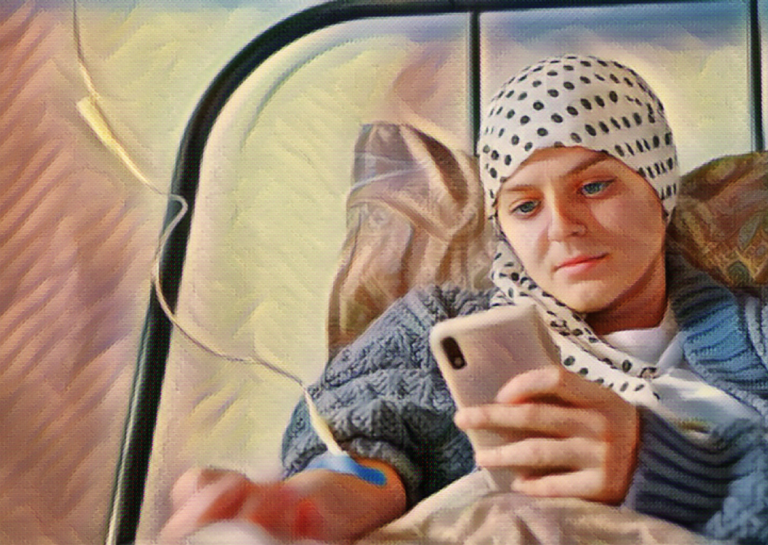Overview
Cancer is a disease that affects people of all ages, including children. While cancer in children is relatively rare, it is important to understand its causes, symptoms, treatment options, and ways to prevent it. In this article, we will provide a comprehensive overview of cancer in children, including its symptoms, causes, treatment, and prevention.
Symptoms of Cancer in Children
Symptoms
- Fatigue and weakness
- Pain that does not go away
- Loss of appetite
- Weight loss
- fever
- Anemia
- Bruising or bleeding easily
- Swelling or lumps in the abdomen, neck, or armpit
- Shortness of breath
- Headaches, especially with vomiting
- Eye or vision changes
- Bone or joint pain
- Skin changes, such as yellowing or darkening
- Recurrent infections
It is important to note that these symptoms can also be caused by other, non-cancerous conditions, so a doctor’s evaluation is necessary to determine the cause.
Causes
The exact causes of cancer in children are not fully understood, but researchers have identified several risk factors that may increase the likelihood of a child developing cancer. Some of these risk factors include:
- Genetics: Children with a family history of cancer may have an increased risk of developing the disease.
- Environmental exposure: Children who are exposed to certain chemicals or radiation may be at an increased risk of developing cancer.
- Infections: Certain infections, such as the human papillomavirus (HPV), can increase a child’s risk of developing cancer.
- Medical conditions: Children with certain medical conditions, such as Down syndrome, may have an increased risk of developing cancer.
- Previous cancer treatment: Children who have received certain types of cancer treatment, such as radiation therapy, may be at an increased risk of developing a second cancer.
Treatment
The treatment of cancer in children depends on several factors, including the type and stage of the cancer, the child’s age and overall health, and the goals of treatment. The most common treatments for childhood cancer include:
- Chemotherapy: Chemotherapy involves using drugs to kill cancer cells. It may be given orally, by injection, or through a vein.
- Radiation therapy: Radiation therapy uses high-energy beams, such as X-rays, to kill cancer cells.
- Surgery: Surgery may be used to remove the cancer and some surrounding healthy tissue.
- Stem cell transplant: A stem cell transplant may be used to replace the child’s diseased bone marrow with healthy stem cells.
- Targeted therapy: Targeted therapy uses drugs that target specific proteins in cancer cells, blocking their growth and spread.
Prevention
There is no sure way to prevent cancer in children, but there are some steps that can be taken to reduce the risk of developing the disease. These steps include:
- Eating a healthy diet: A diet rich in fruits, vegetables, and whole grains may help to reduce the risk of cancer.
- Exercising regularly: Regular physical activity has been shown to reduce the risk of cancer.
- Avoiding tobacco: Children who are exposed to tobacco smoke are at an increased risk of developing cancer.
- Protecting against infections: Children who are vaccinated against certain infections, such as HPV, may be less likely to develop cancer.
- Minimizing exposure
Citations
- American Cancer Society. (2022). Childhood Cancers. Retrieved from https://www.cancer.org/content/dam/CRC/PDF/Public/8778.00.pdf
- National Cancer Institute. (2021). Childhood Cancer Research. Retrieved from https://www.cancer.gov/types/childhood-cancers/research
- St. Jude Children’s Research Hospital. (2021). Childhood Cancer. Retrieved from https://www.stjude.org/disease/childhood-cancer.html
